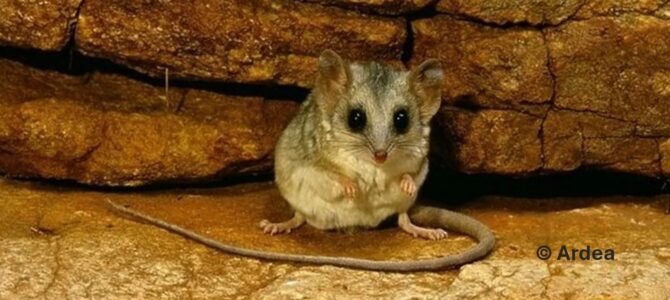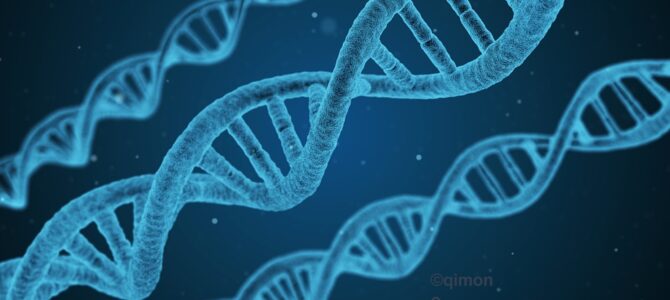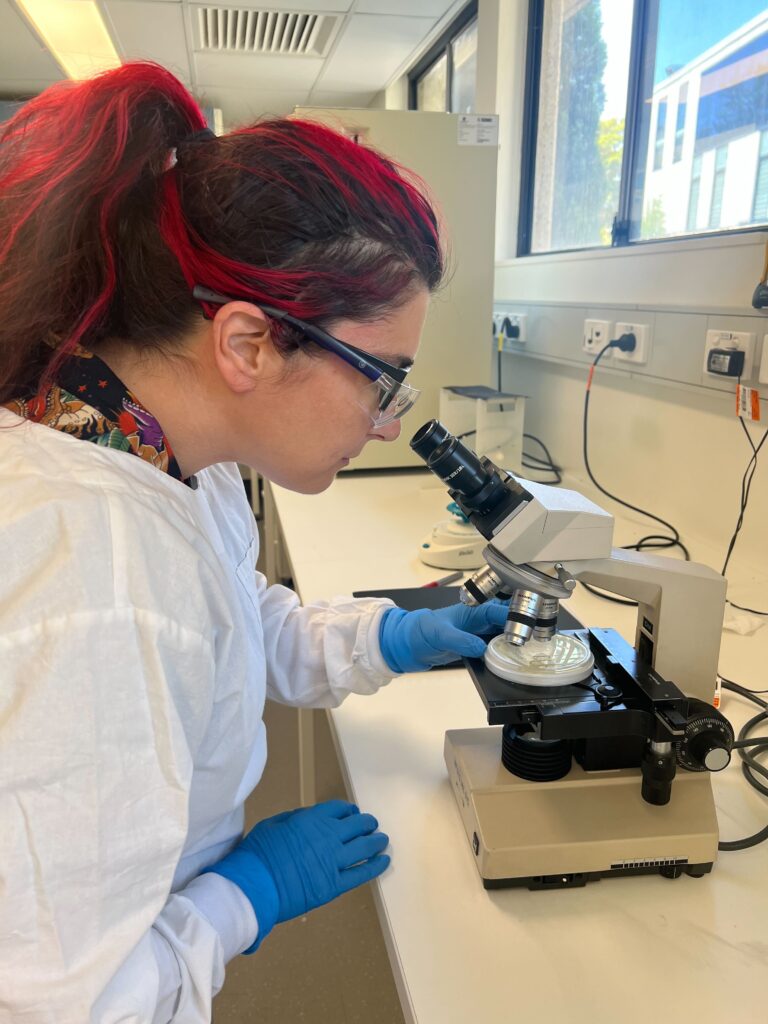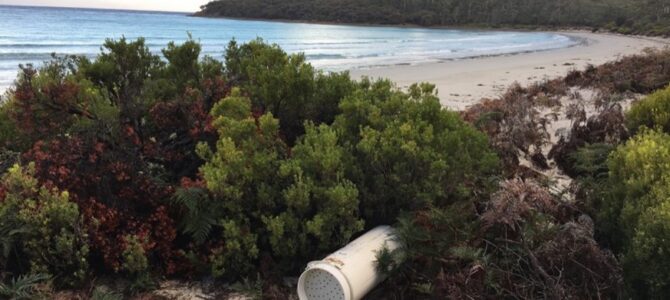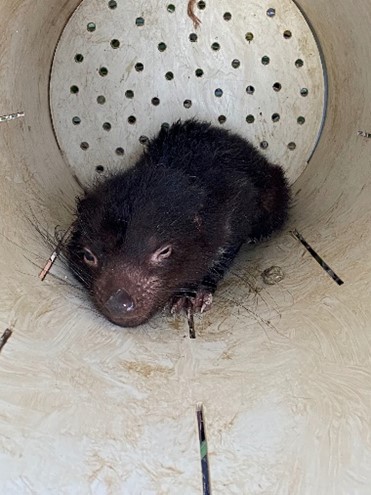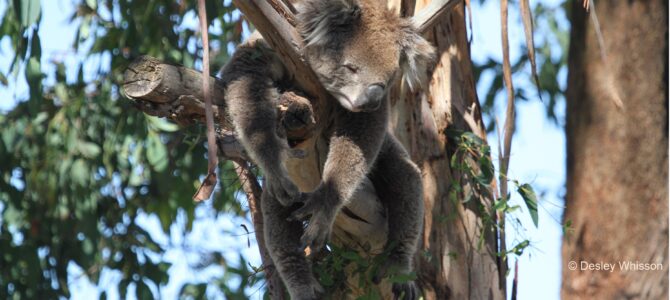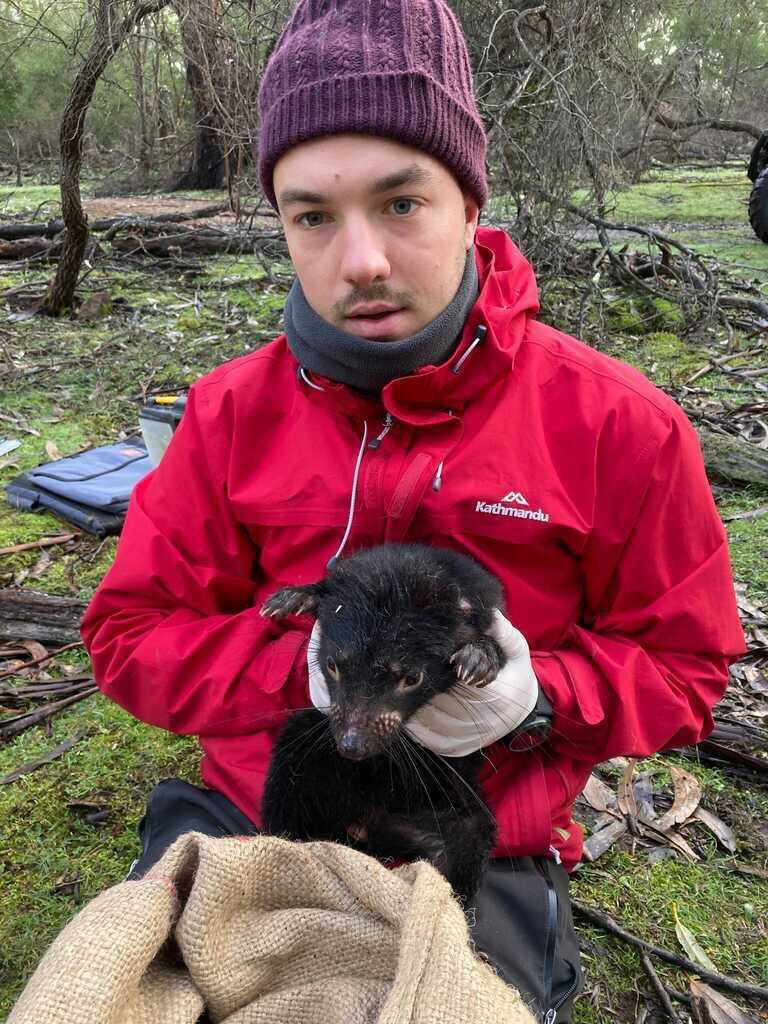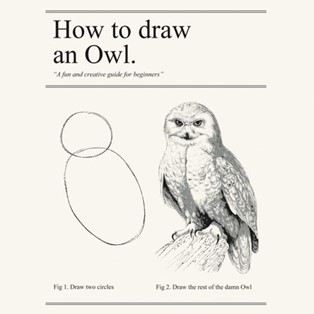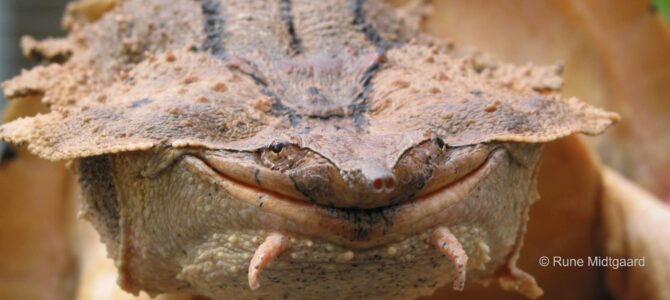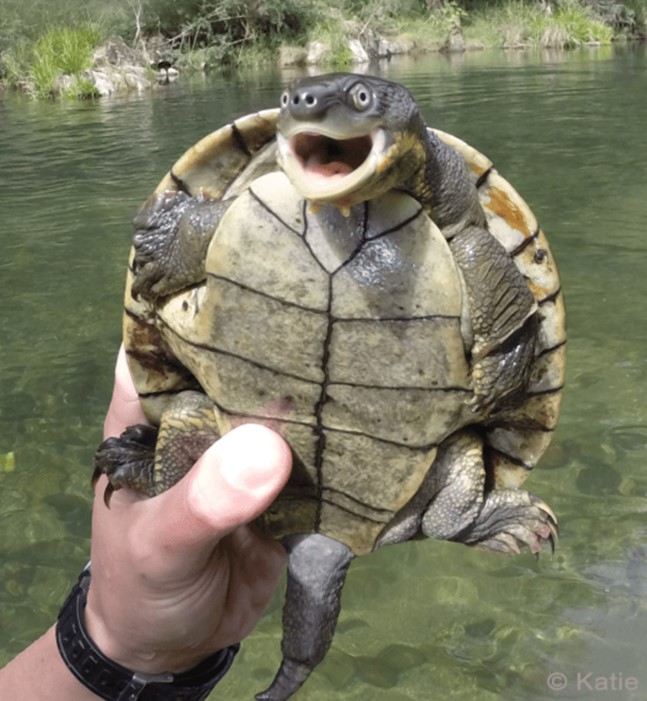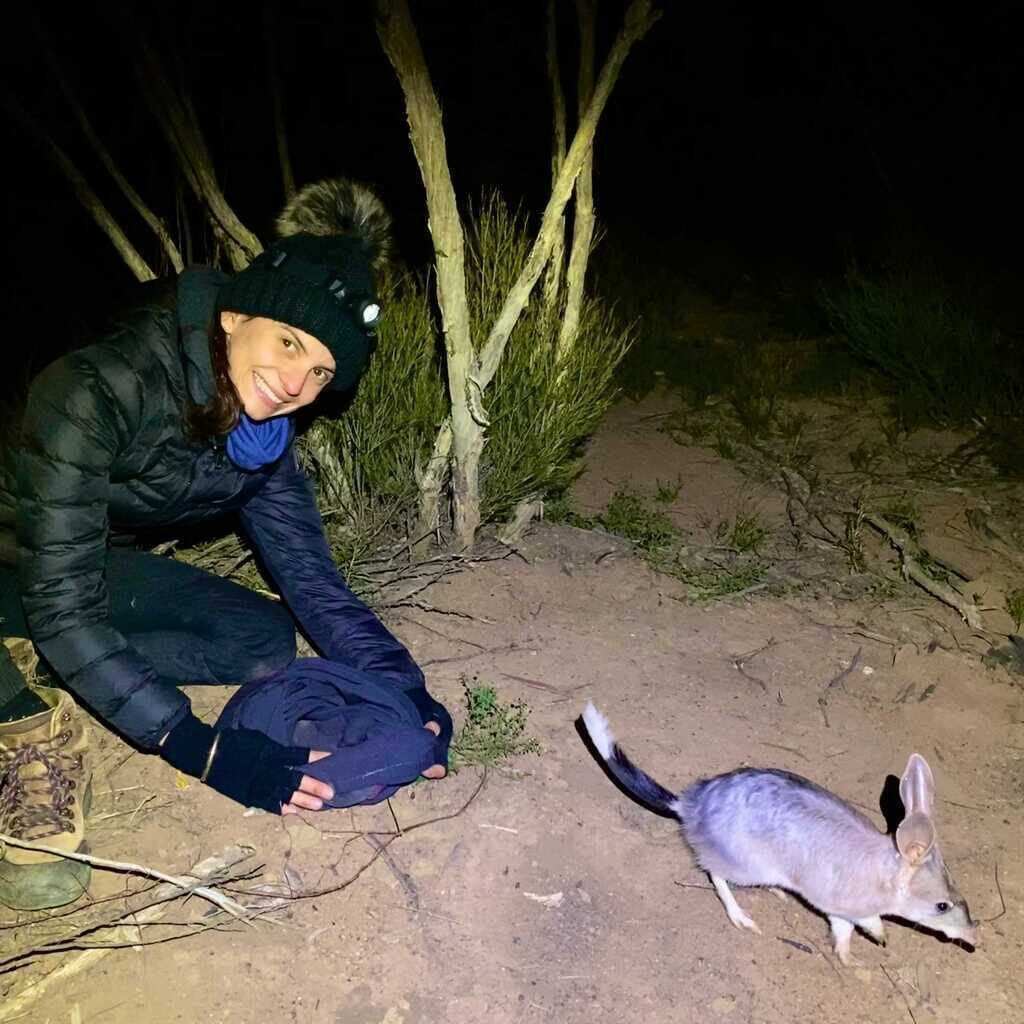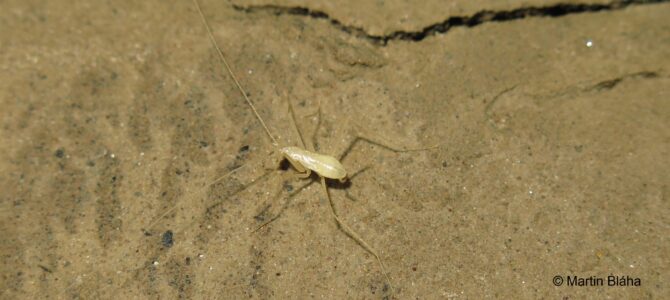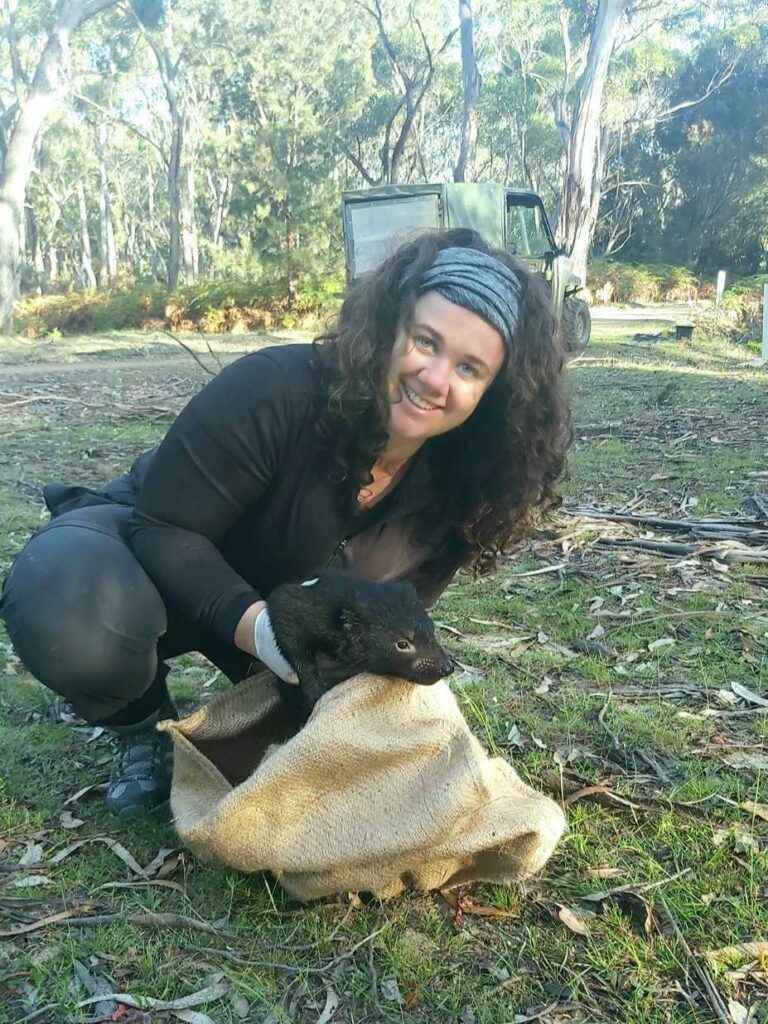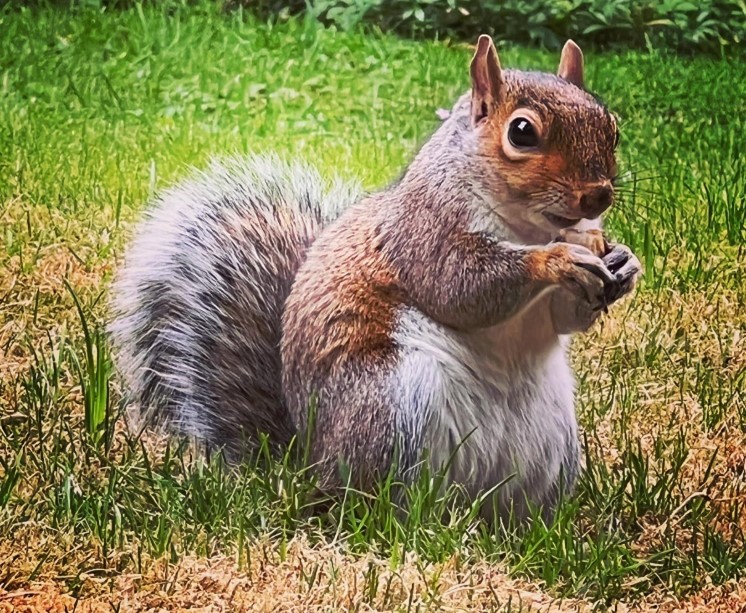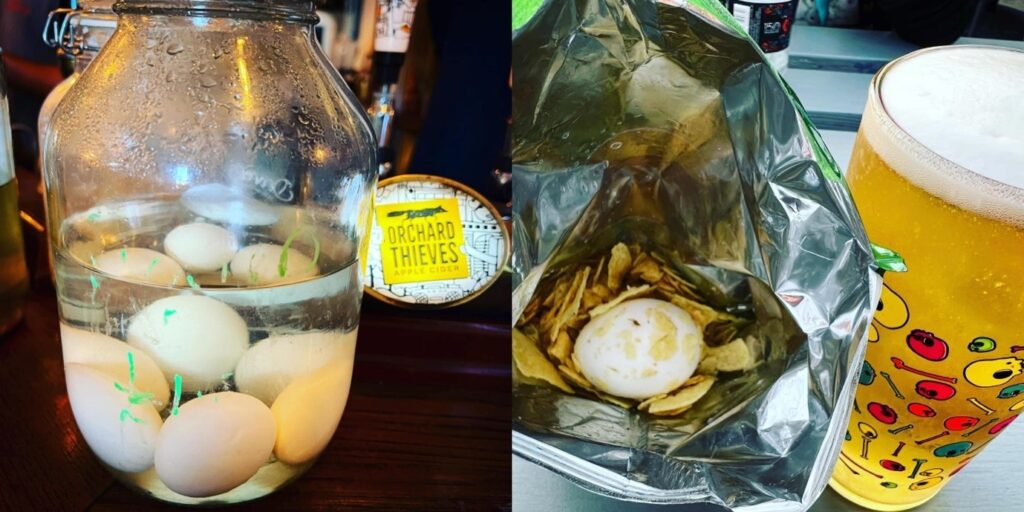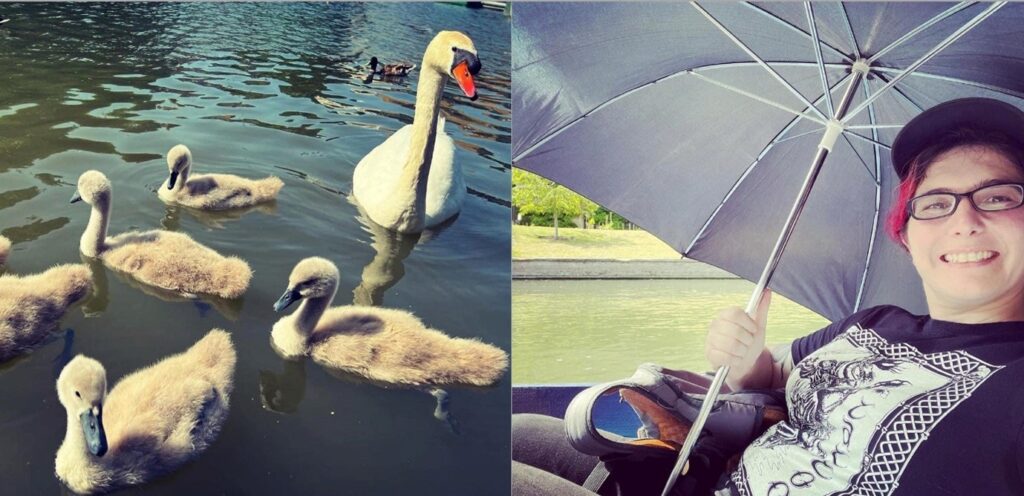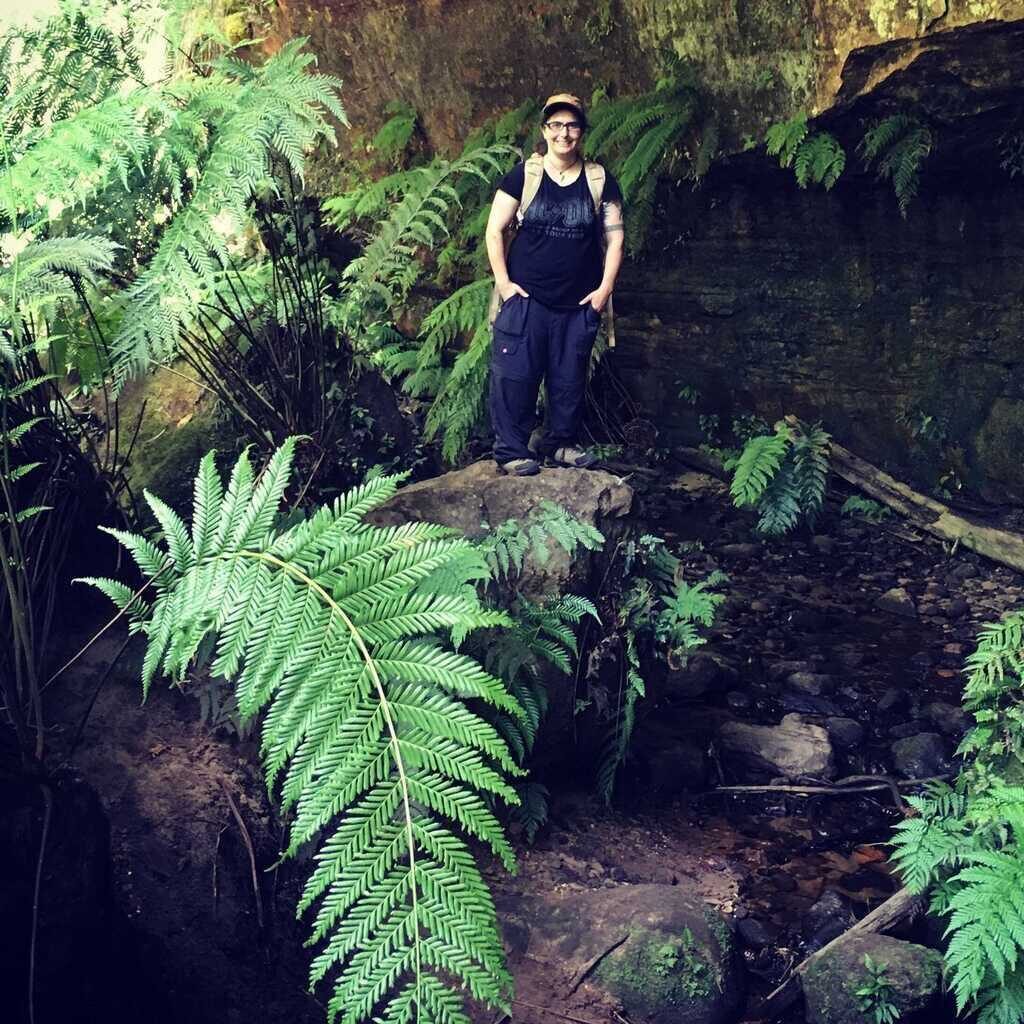by Kiara Jones (Honours Student)
Since starting my Honours research project last year, the question I have been asked the most is: “What is a dunnart? How have I never heard of this adorable Australian native?”
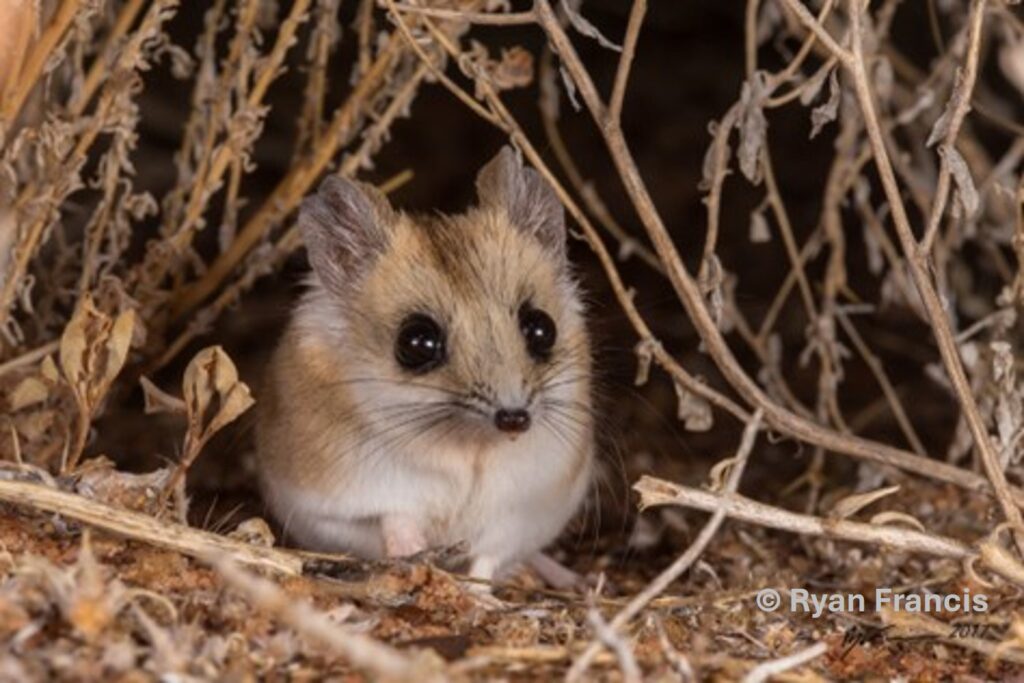
These little predators resemble a small European mouse, but they are actually marsupials and therefore more closely related to the kangaroos and koalas than they are to any mouse. During their breeding season, their teeny-tiny pouch that can change from being the size of a tic tac, to being packed with 8-10 dunnart joeys within just a few weeks. There are nineteen known dunnart species found across Australia, in a variety of habitats such as woodlands, dry sclerophyll forest, grasslands and deserts. The fat-tailed dunnart is widespread and found in most of inland Southern Australia, and this is the species involved in my research. But don’t be disheartened – these cute creatures are of minimal conservation concern. Dunnarts are a great animal model for research and are instead being used to help us better understand marsupial biology.
So, it sounds like dunnarts are found practically everywhere and you may find yourself wondering a new question: “Why haven’t I seen them or heard of them before?” Firstly, like most members of the Dasyuridae family, dunnarts are nocturnal. They emerge at nighttime to hunt down their prey, feasting on crickets, beetles, spiders, lizards, and even small frogs. Although they may be a scary predator to some smaller species, dunnarts are the perfect meal for larger predators like birds, feral foxes, and cats. This means that during the day, they’ll often be tucked away in hollow logs or nesting in clumps of tall grass where they can be well-hidden. For these reasons, it’s unlikely that you’ll see a wild dunnart unless you’re actively looking for them. And if you do accidentally disturb a nesting dunnart on your weekend hike, it’ll probably scurry away so quickly and quietly that you wouldn’t even notice.
Dunnarts also exhibit a cool behaviour called ‘torpor’, which is like hibernation’s younger cousin. Torpor is a physiological adaptation that helps the animal conserve energy. In torpor, metabolic rate and body temperature drops significantly and they become as still as a statue. Interestingly, dunnarts often rely on the external environment to bring them out of torpor. For example, some may position themselves in a spot (such as a rock crevice) where they know the sun will hit. That way they can time the end of their torpor and warm their body back up without requiring any effort. But they have to be careful to get moving quickly, because that direct sunlight will make them especially vulnerable to a soaring predator overhead!
